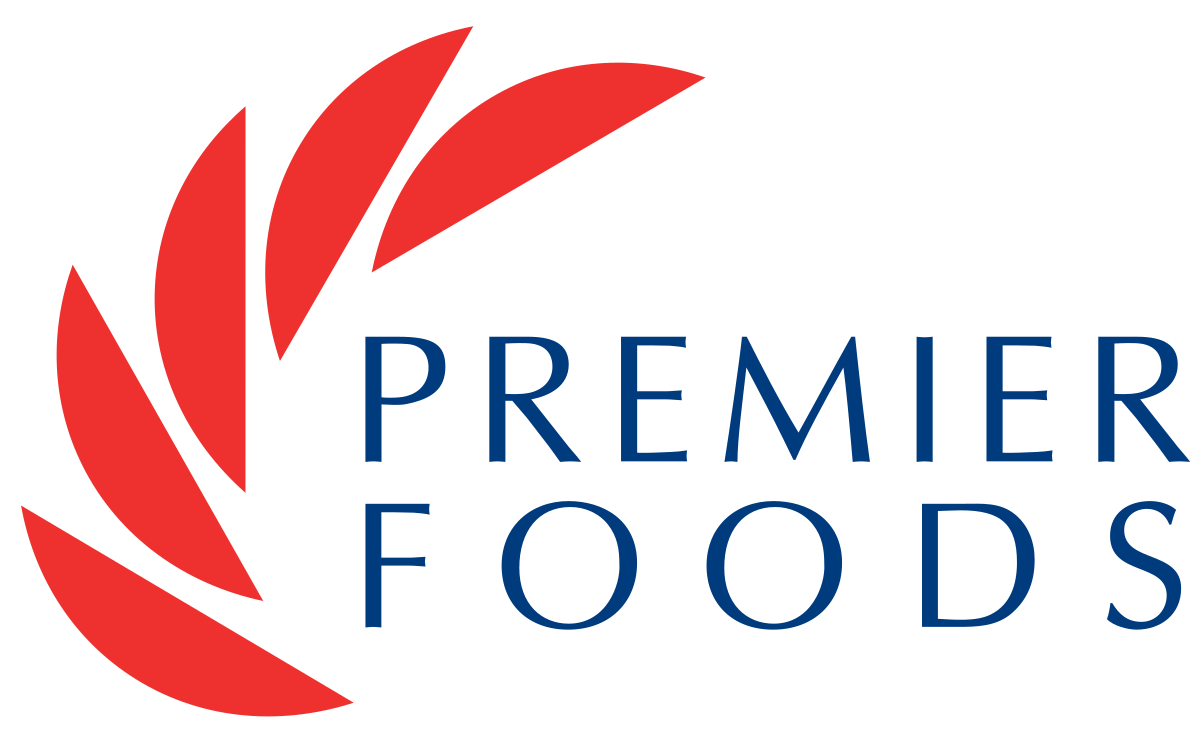
Inventory Management
- Home
- Inventory Management
CALL US
+44 (0)1926 430 883
E-MAIL US
[email protected]
Inventory is a critical element to most businesses, but different functions within a business have different perceptions of how much inventory there should be.
Sales tend to want large volumes of inventory to guarantee service; finance want the inventory minimised to reduce working capital, and operations want sufficient raw material to keep equipment operating efficiently.
In addition, all inventories need to be of the right quality, positioned in the right place, at the right time, and in the right quantity. The difficult task of inventory management is to balance and satisfy all of these needs.

Is Your Inventory Optimised?
All too often companies use ‘rule of thumb’ techniques for inventory management that do not stand up to scrutiny. These techniques are not scientific, or factual, and are often based on perception or intangible experience. In many companies this leads to over-inflated inventory holding, ‘squirrel’ stocks and conflicting ideas between sales, finance, operations and supply chain as to how much inventory is truly required.
A Fact-Based Inventory Policy Can Be Developed In Any Business
There are proven methodologies and formulae that can optimise the level of inventory against all of the service, working capital and equipment utilisation criteria.
These policies can be developed and introduced with consensus from all functions; they can demonstrate clear rationale and logic behind the resulting inventory levels, and they can balance and satisfy all of the needs of the business.
Our inventory management consulting team is highly skilled in inventory policy development. We have considerable knowledge and experience in defining policies, formulae and calculations that can ensure inventory levels are fully optimised, justified and balanced with all the functional needs.
Have a look at the typical inventory management areas considered by our consultants to optimise inventory performance or contact us now to discuss your inventory management needs.

Inventory Optimisation
At SCCG, we always endeavour to undertake the widest review possible to ensure elements of your warehouse, picking and despatch processes are not ‘sub-optimised’. We are highly experienced in analysing and developing solutions for all areas of Materials Management, Procurement, Stores and Inventory Optimisation and Management including Strategy Development, Stock location, Handling and Picking processes, Demand Forecasting, Integrated Inventory Control, Vendor Management, Vendor Support Operations and Performance Measurement.
We pride ourselves on key analytical skills, detailing above and beyond ‘Warehouse Best Practice’. All our analysis and solutions are specific to your requirements, costed, tested and presented with clear and concise rationale, a full set of operator and Process SOP’s and a detailed implementation path supported by various Inventory Management Tools. Our Consultants are experienced in Multi-Temperature Warehouse operations, management and implementation across all sectors.
Our Approach To Inventory Management
Appropriate warehouse and inventory management techniques to optimise workflow and costs
- Optimised target inventories (holding cost vs. ordering cost vs. service)
- Optimised warehouse design/stores layout, handling practices and workflows
- Tactical stock location(s) and picking strategies
- Safety stock requirements to meet specified service targets
- Improved demand forecasting to allow for optimised inventories
- Warehouse automation and Materials Handling Systems development and implementation management
- Dynamic inventory targets reflecting varying demand patterns
- WMS operational requirements specification
- Cost to serve and pick rate modelling to support chosen optimised solutions
Think the SCCG team are the right fit for your business? Drop us a line today and lets improve your operation efficiency.
Clients Case Studies


Wales and West Utilities Case Study

Triumph Motorcycles Case Study
Technology Supplies Ltd Case Study

Scott Bader Case Study

Premier Foods Case Study – Logistics Network Review
Monkfield Nutrition Case Study – Distribution Strategy
Farmfoods Case Study

Diet Chef Ltd Case Study
Get in Touch
Call us on +44(0) 1926 430 883
Supply chain and Logistics Specialists highly experienced in all aspects of Supply Chain and Logistics Operations, Distribution Network Strategy, Warehousing Operations, e-commerce Logistics and Warehouse and Distribution Centre Design.
Supply Chain
Warehousing
Logistics
Office 26, Pure Offices
Plato Close
Tachbrook Park
Leamington Spa
CV34 6WE
The Future Works
2 Brunel Way
Slough
SL1 1FQ
The Supply Chain Consulting Group Limited
No1 Balloon Street
Manchester
M4 4BE
A supply chain and logistics specialist with knowledge of logistics network planning, warehouse design and material sourcing.
Registered in England and Wales. Company Registration No: 09751027.
Registered office at Innovation House, Molly Millars Close, Wokingham, England, RG41 2RX. UK.
